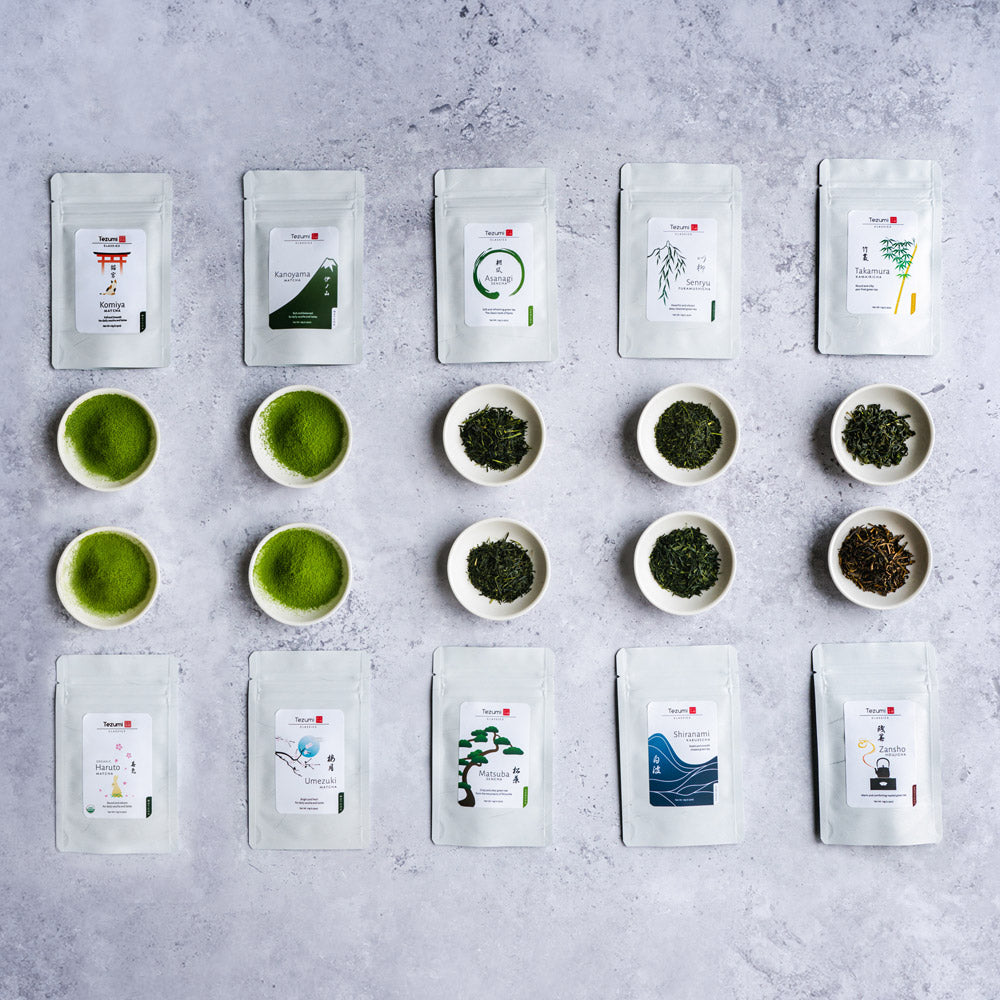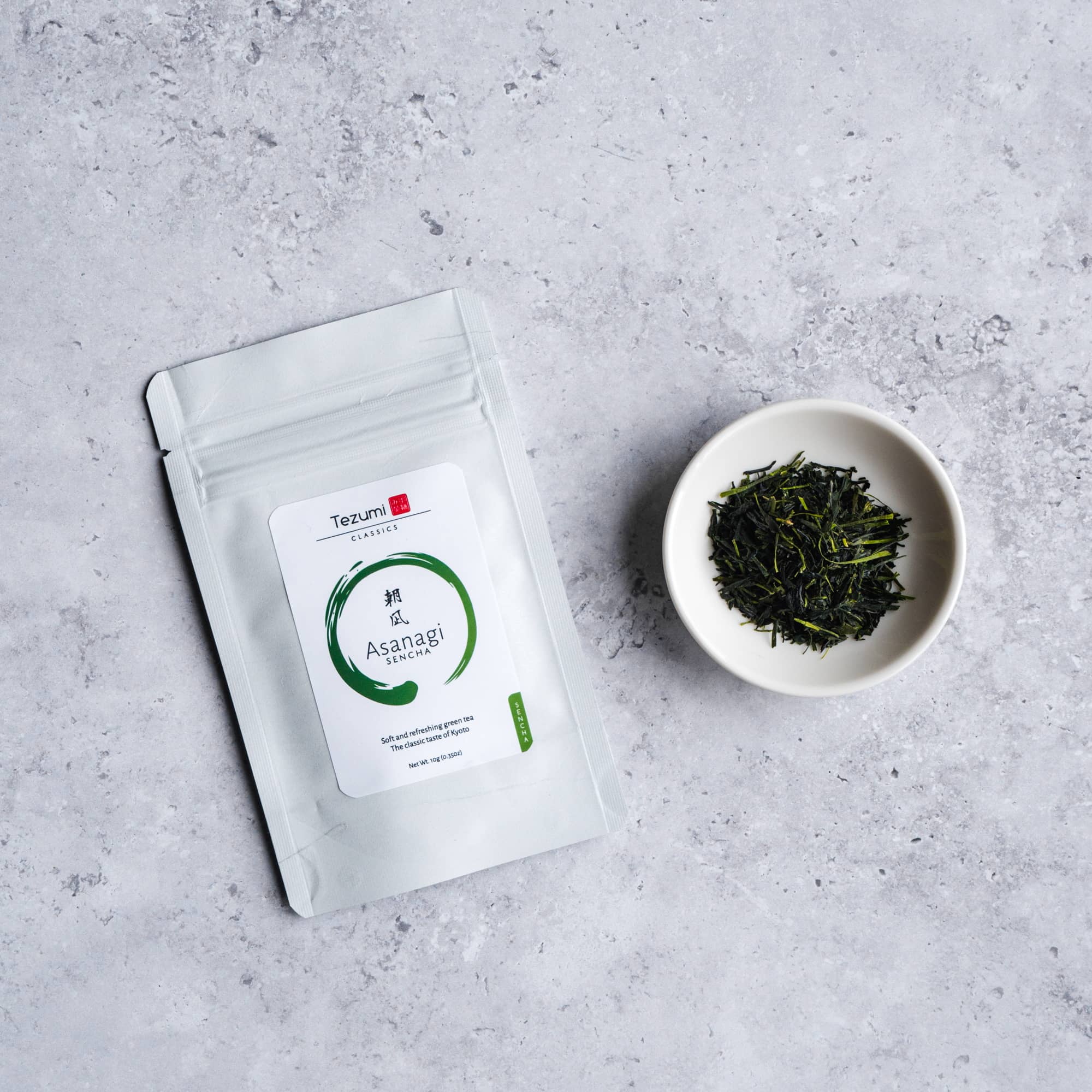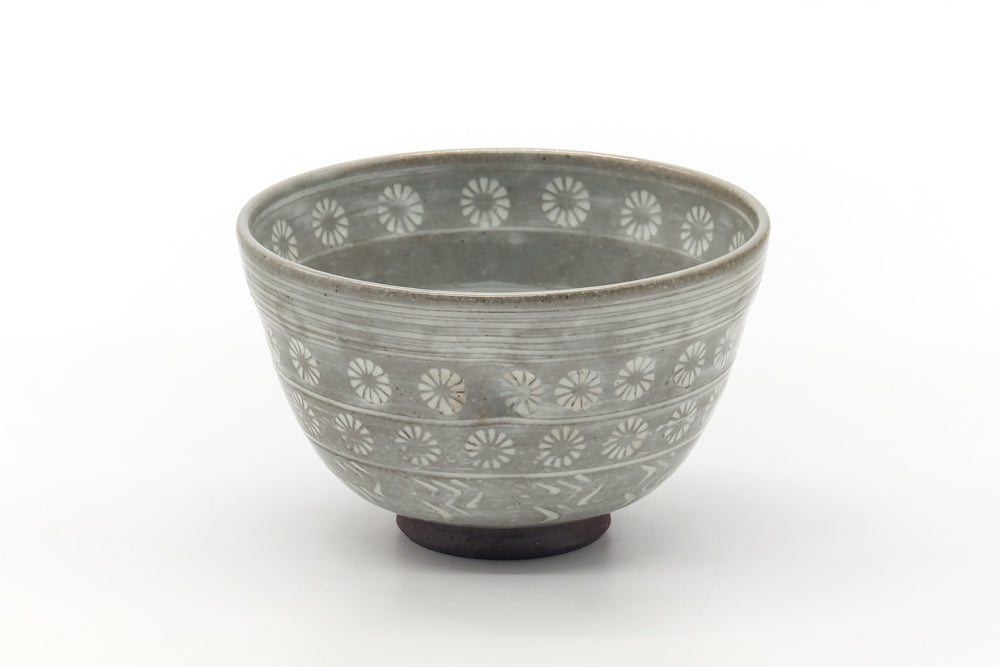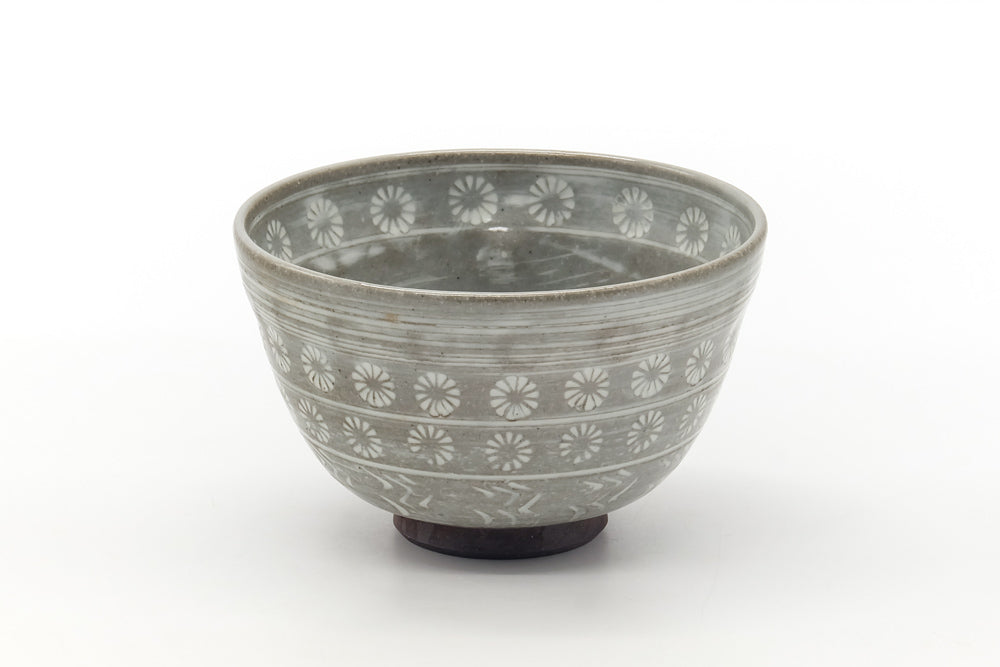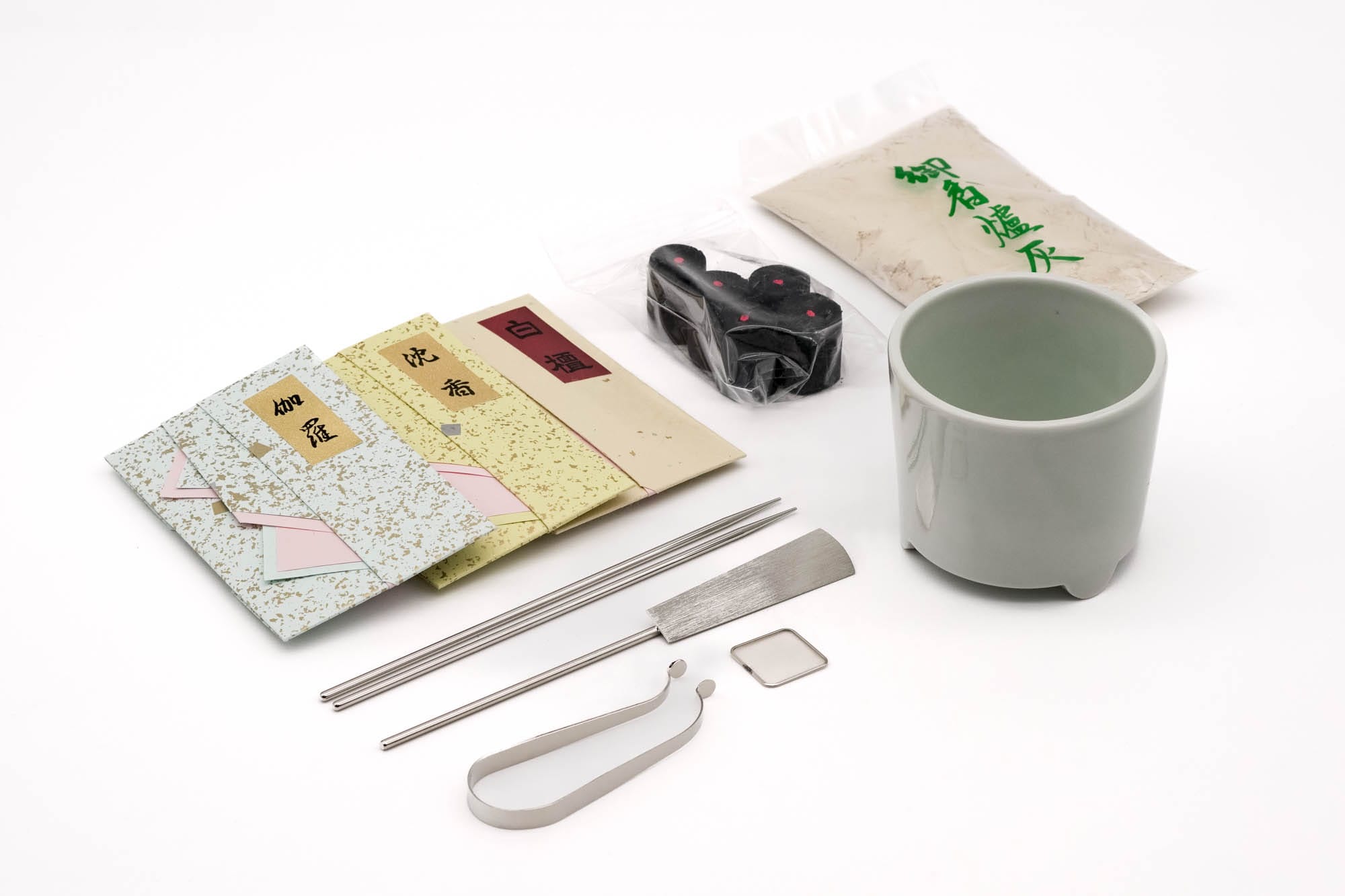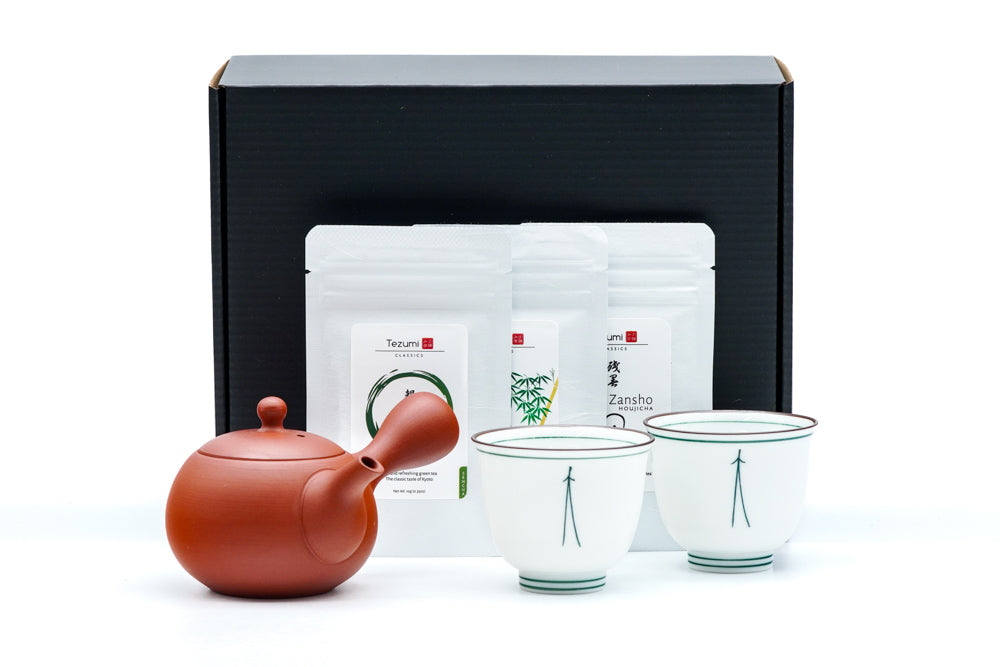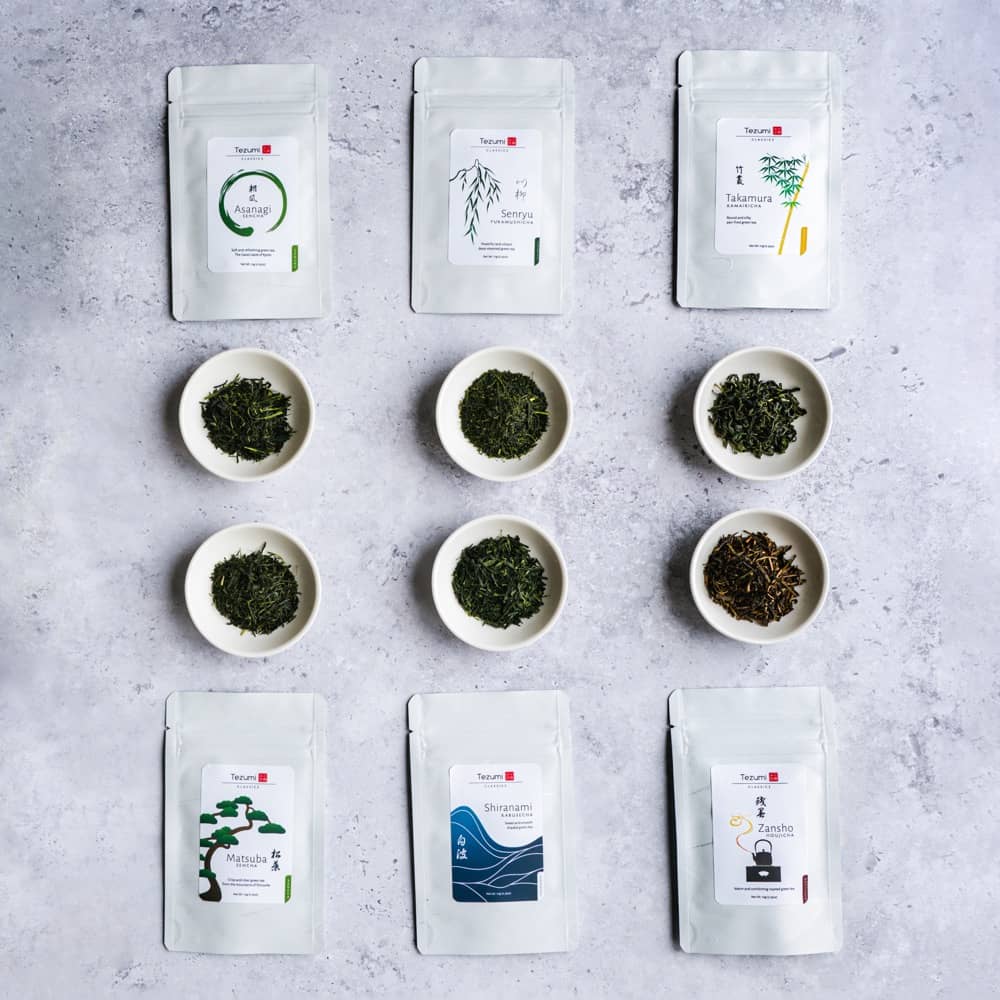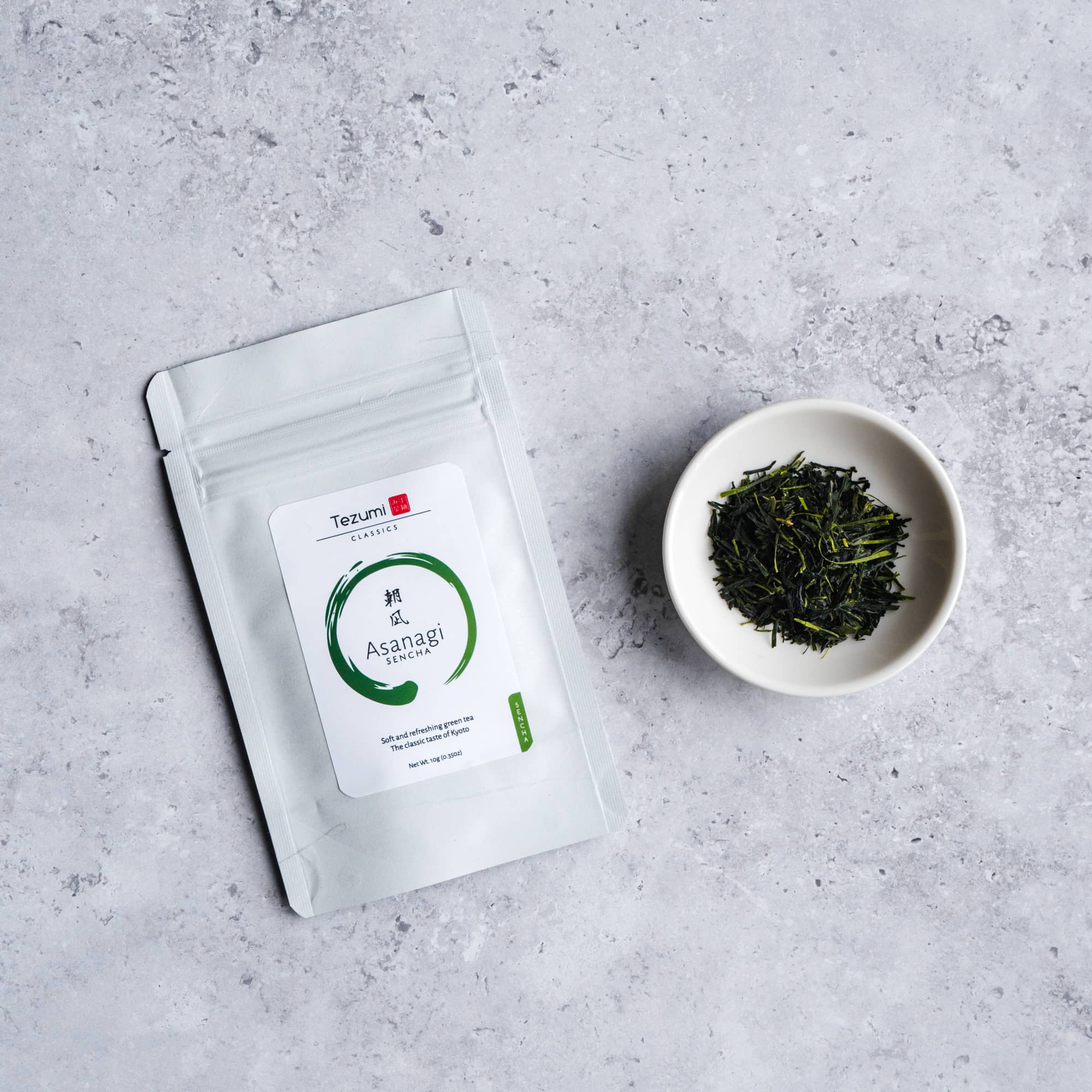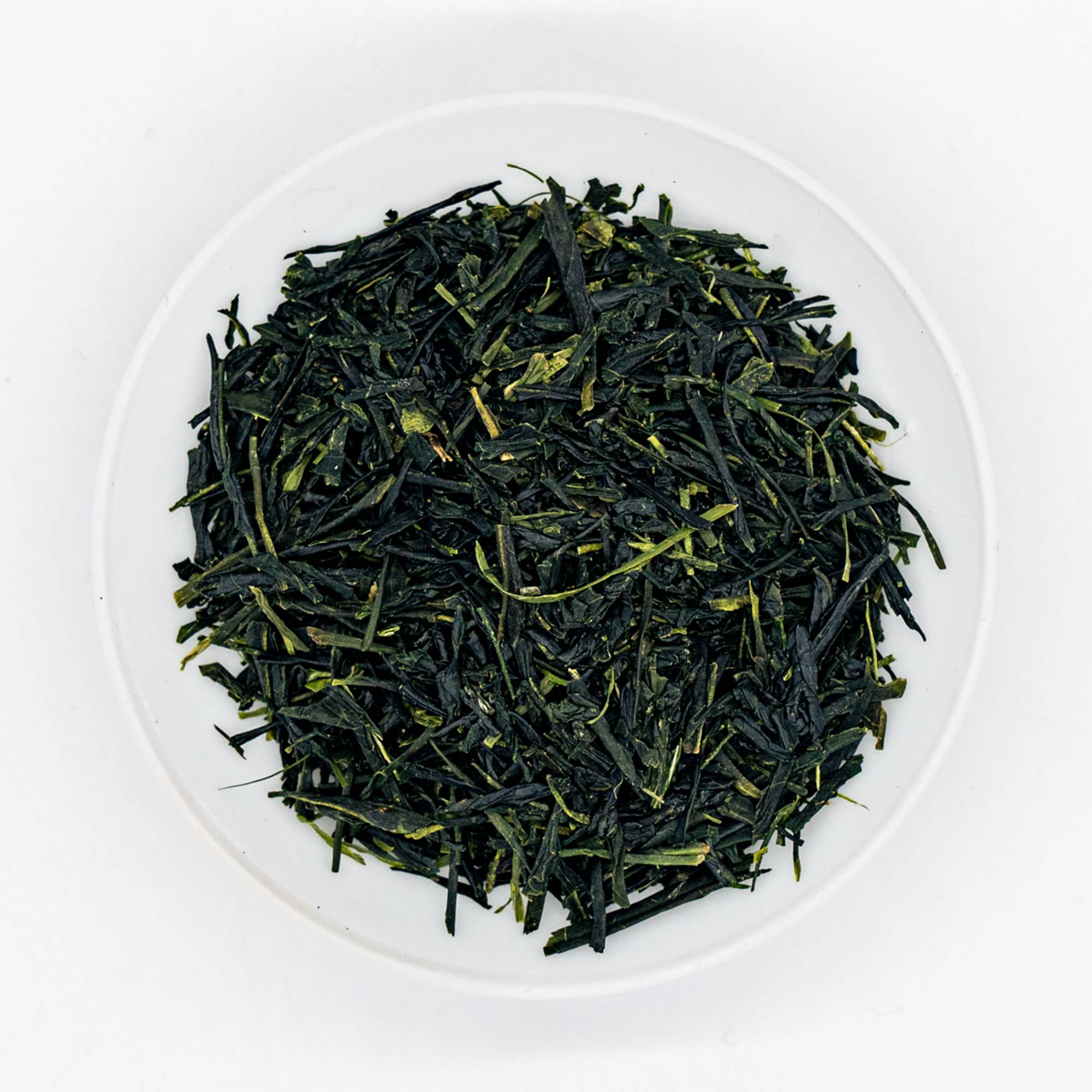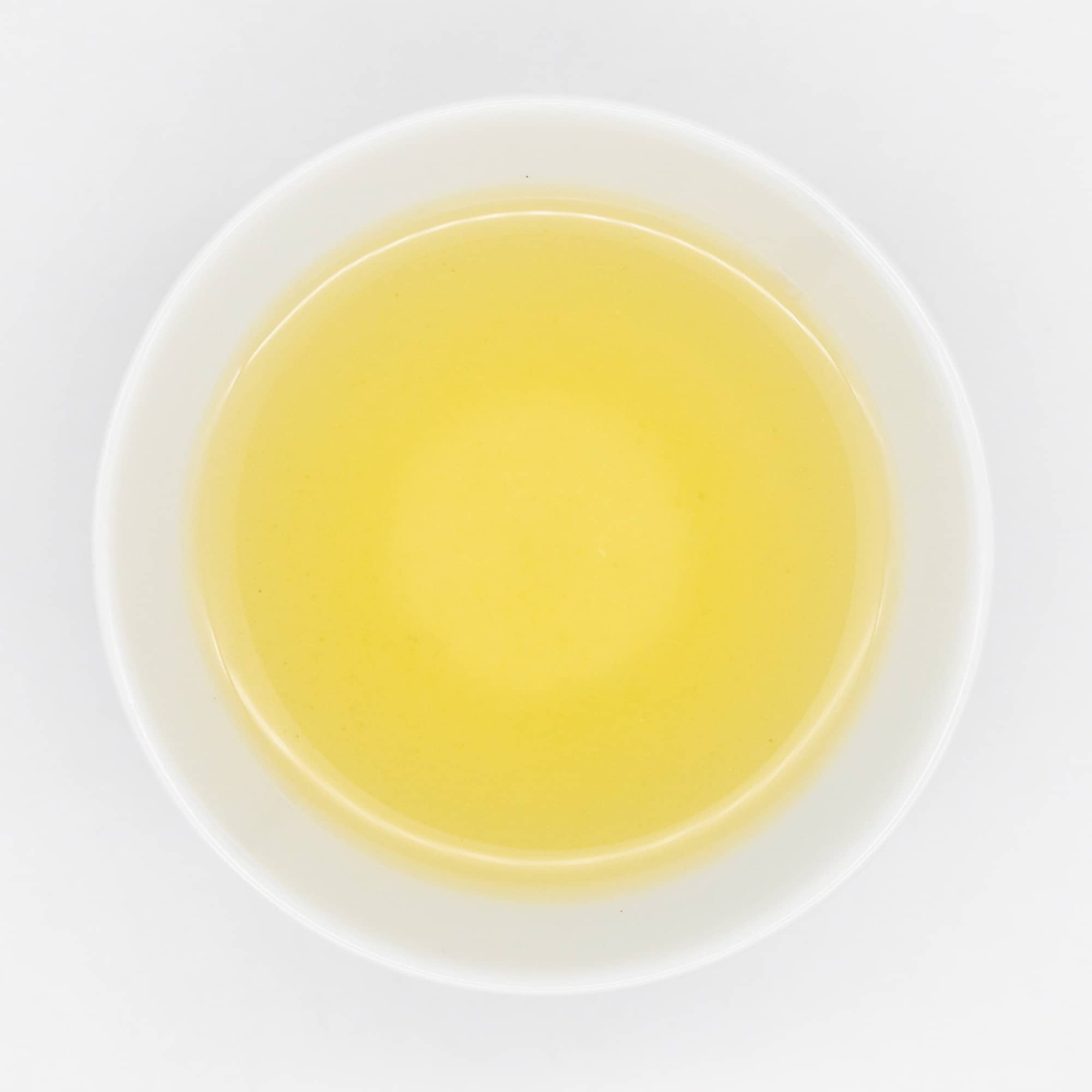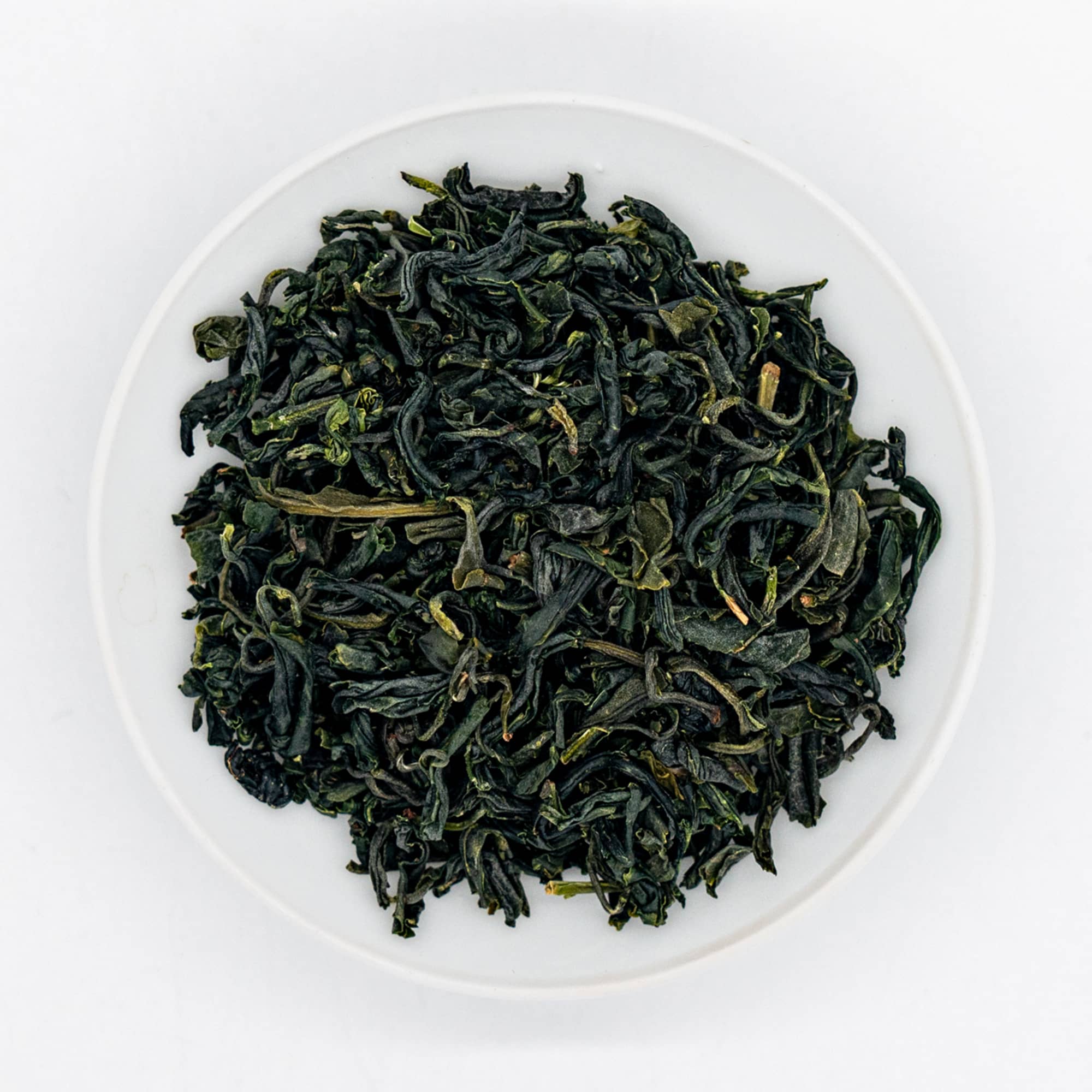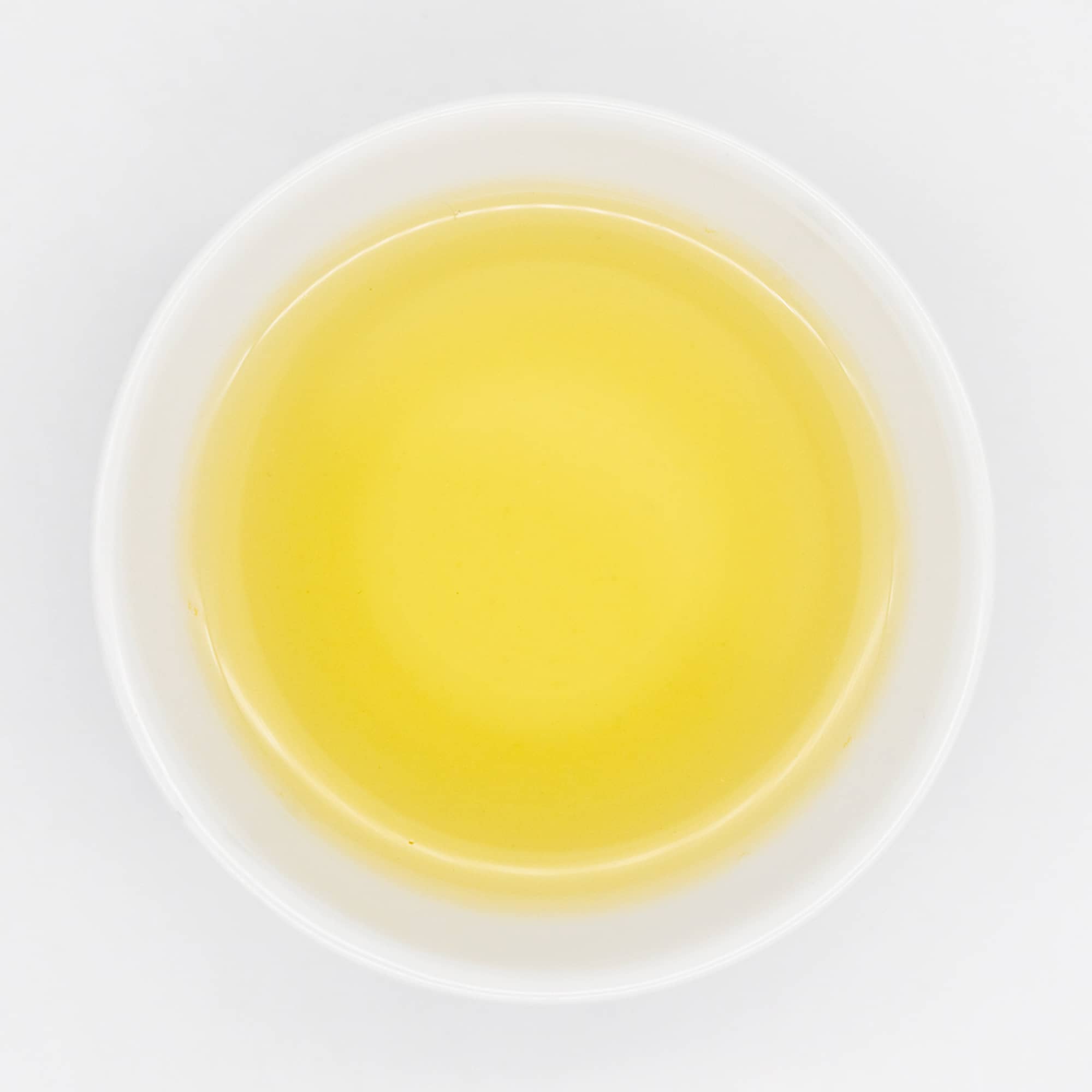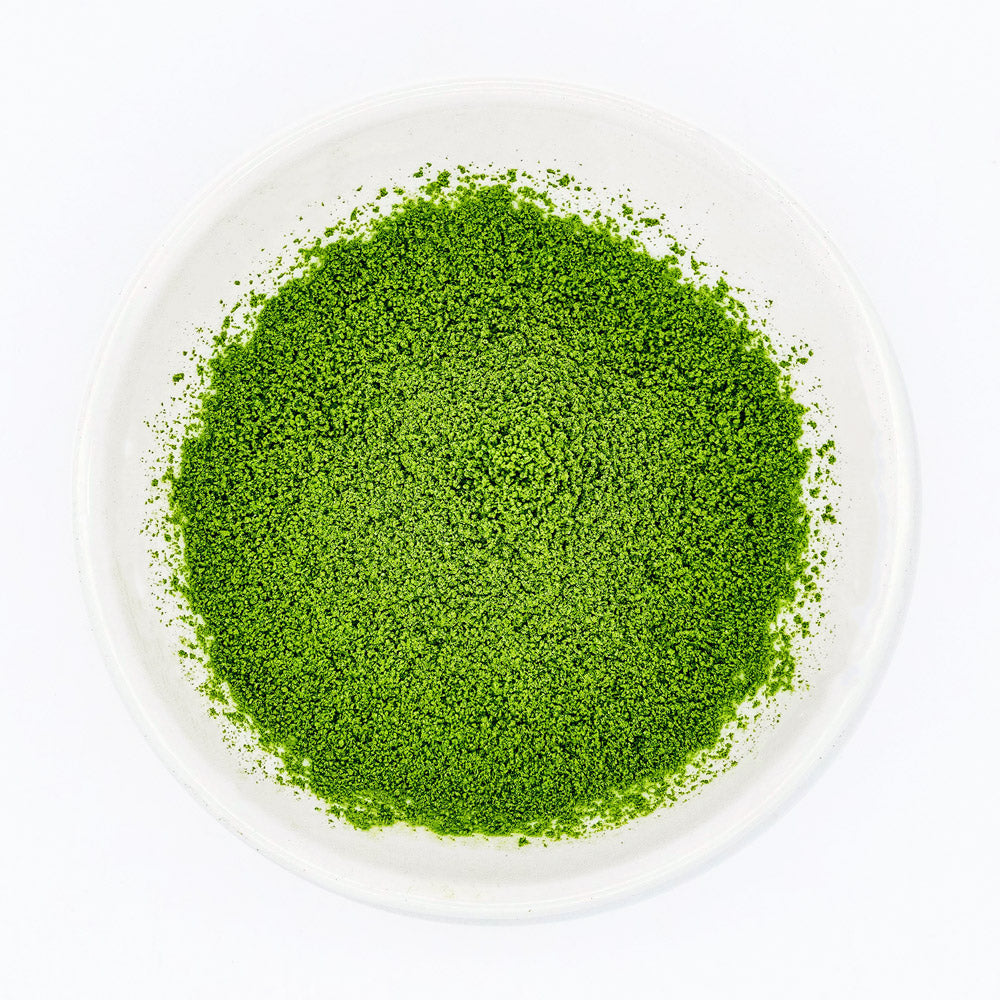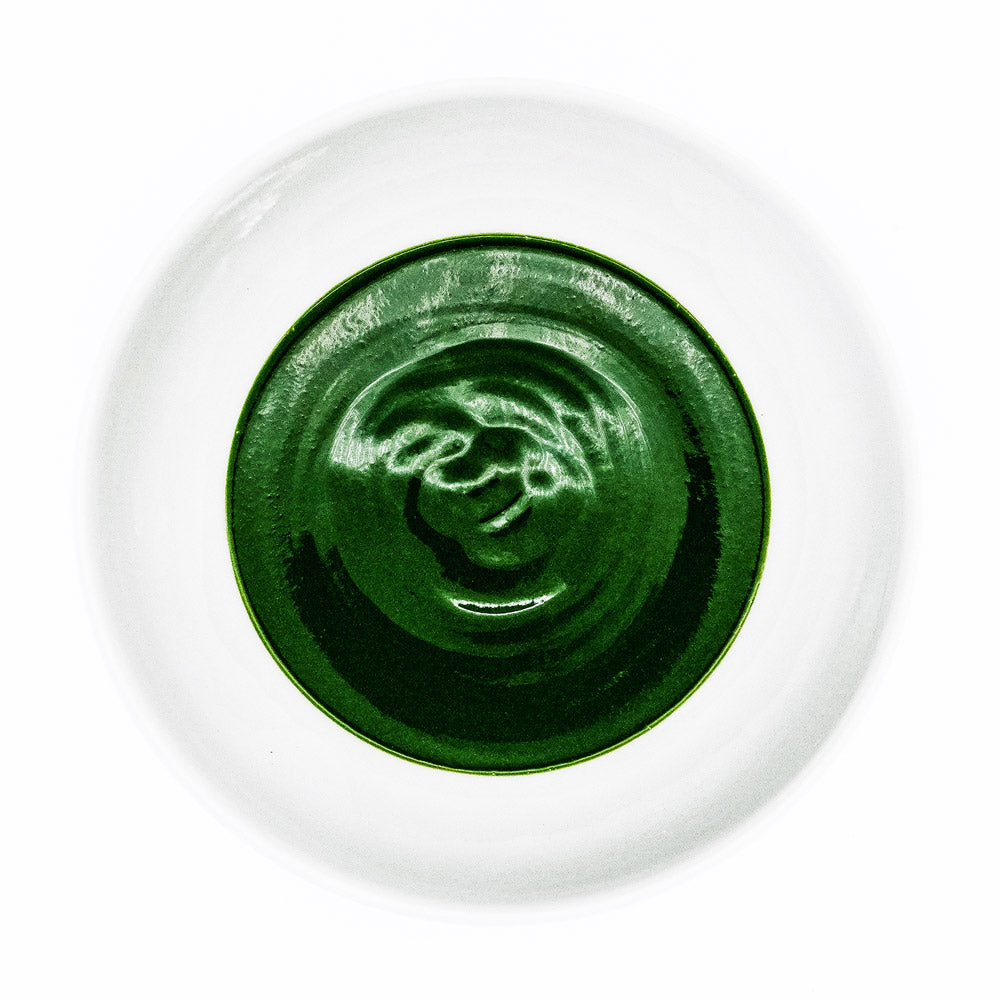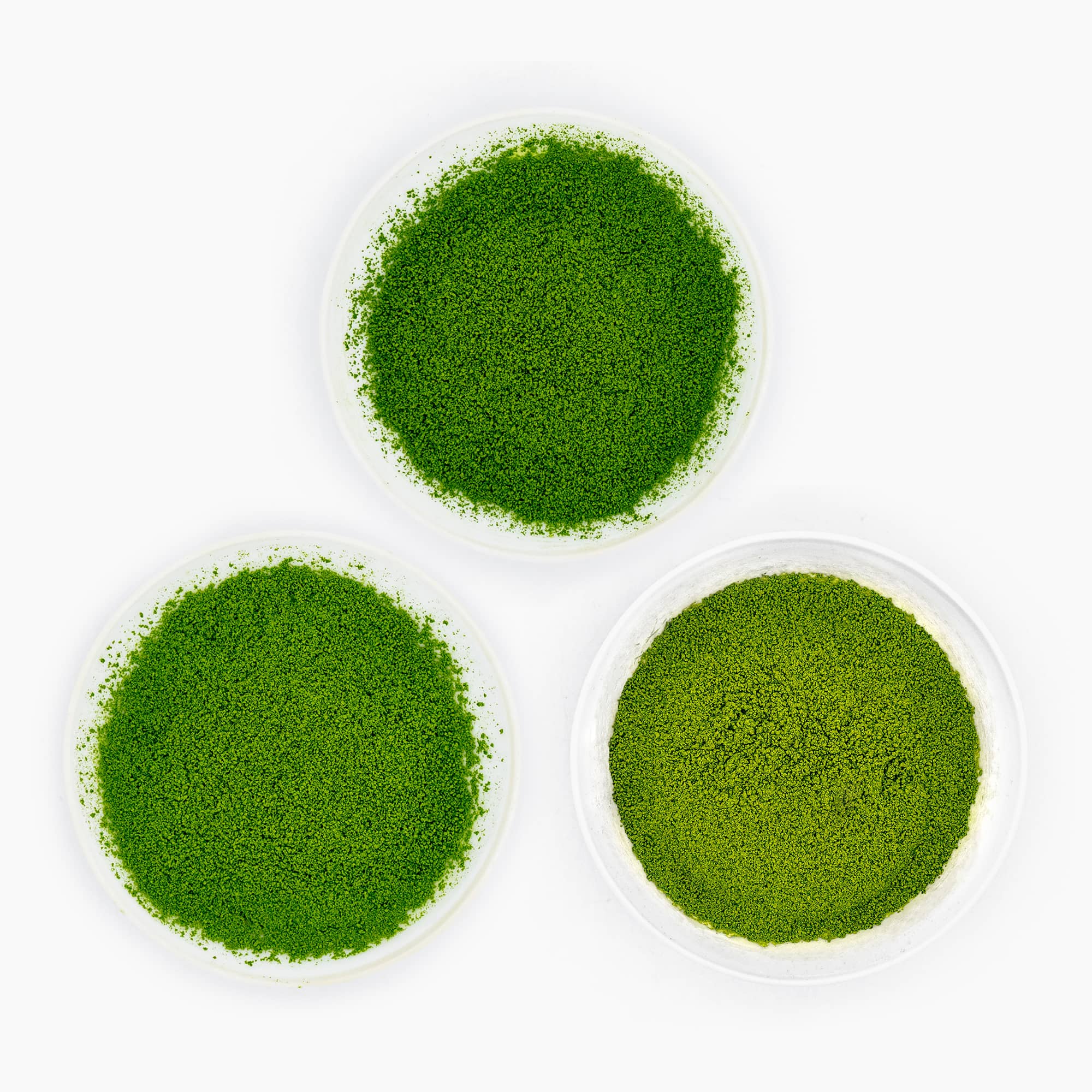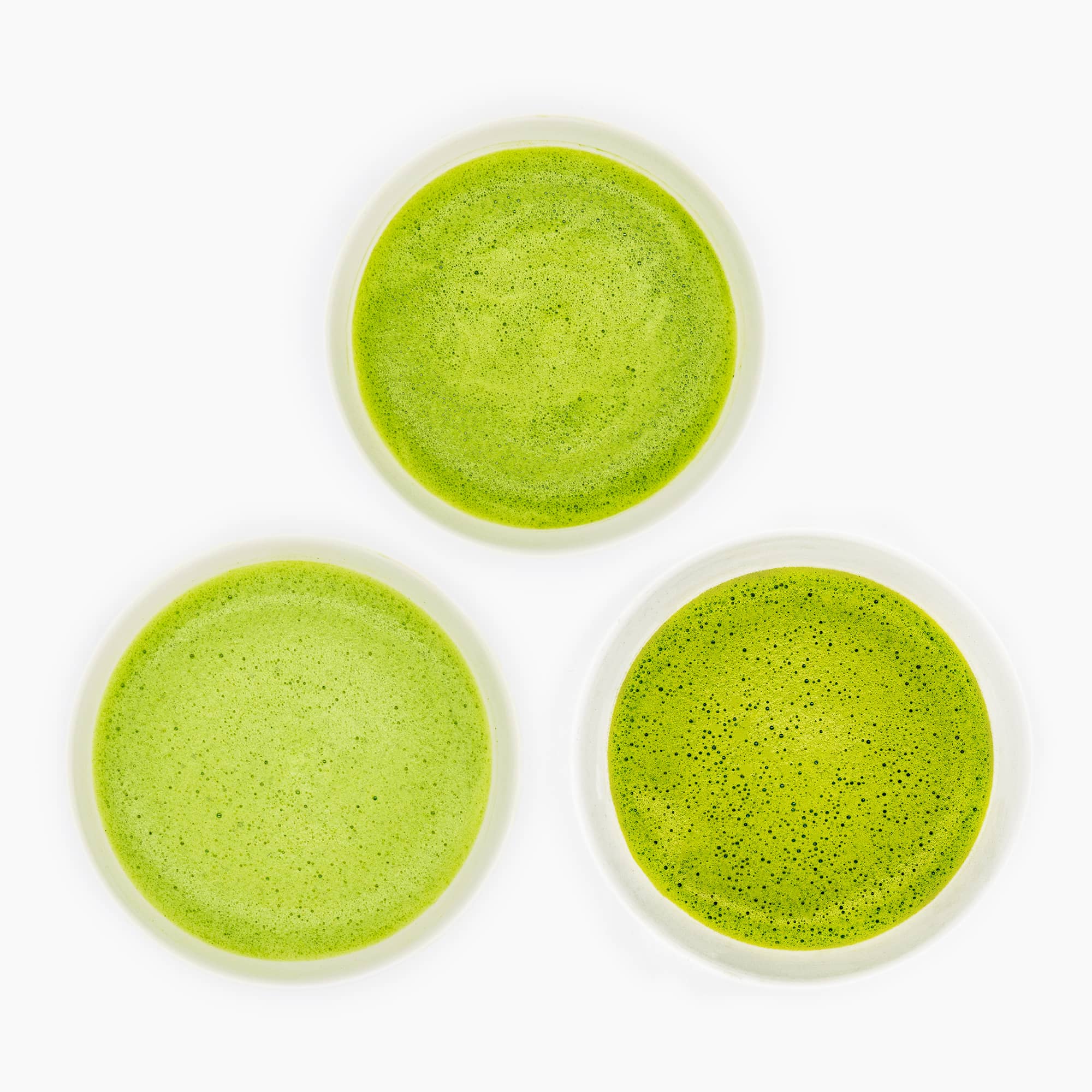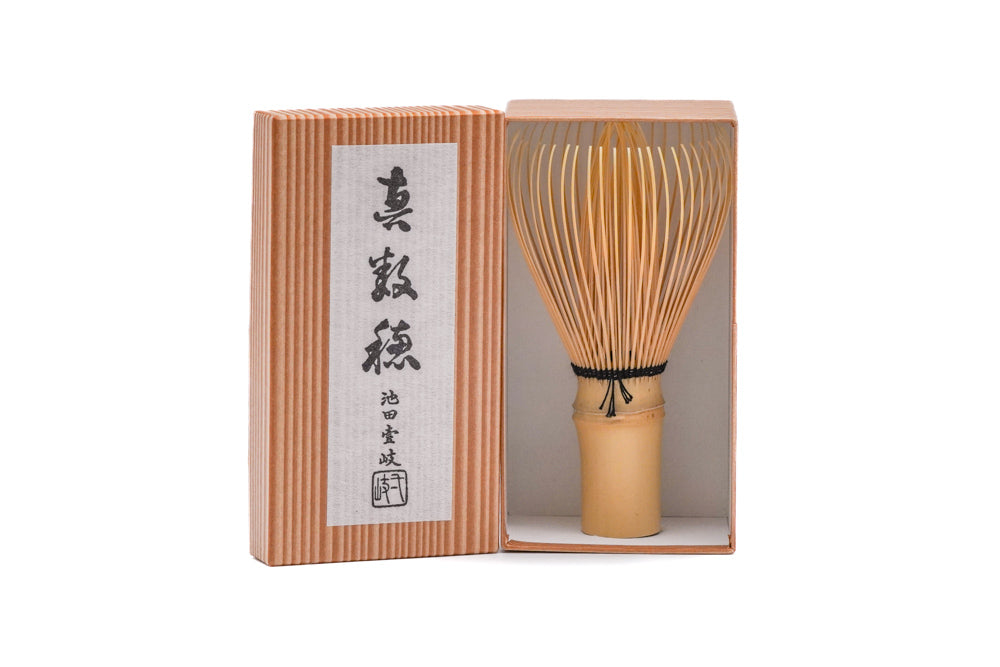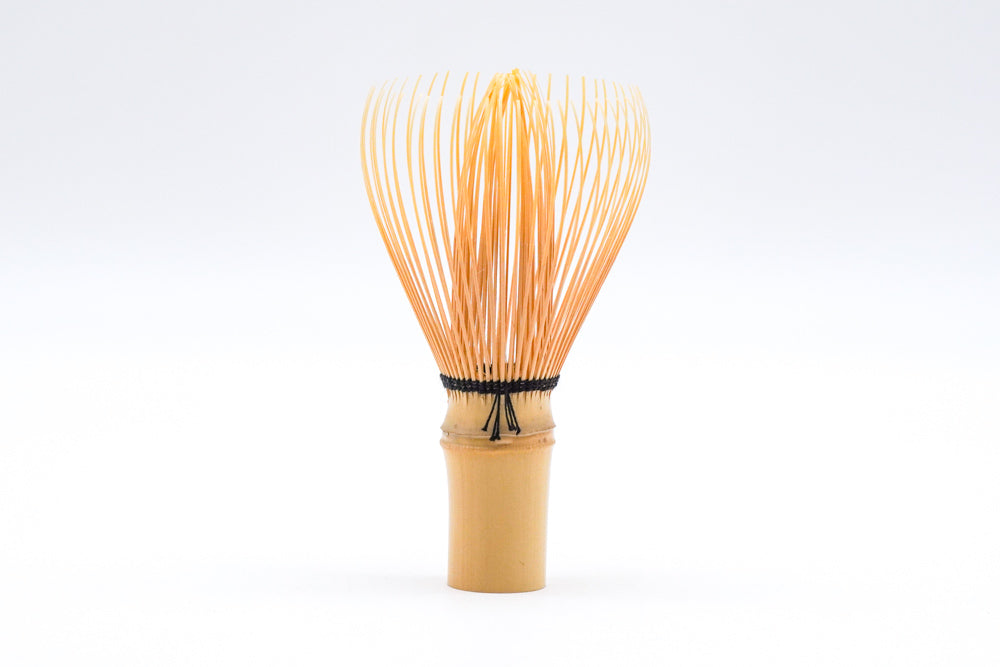Tezumi Frequently Asked Questions
Check out our Blog and Guides if you’d like to learn more about tea, teaware, and tea culture .
Contacting us
Please email us at teatime@tezumi.com
We are happy to help customers and work with media via email.
Our goal is to be the premier source of Japanese tea and teaware in the United States
We ship Japanese tea and teaware (new and vintage) from New York City, USA, and vintage teaware from Bangkok, Thailand.
You can see all of our teaware in the USA here, and all of our teaware in Thailand here. The sidebar has filters that allow you to sift through our catalog.
Do you have a physical retail store?
We are online-only right now, but plan to open a space in New York City in the future.
Tea FAQs
Tezumi’s Tea: Classics vs. Specialty
A few factors differentiate what we consider Classics vs. Specialty, but in short:
Classics are 'daily driver' teas that are more affordable and represent some of the more popular and established styles and taste profiles of Japanese teas. As such, these teas are generally sold in larger sizes such as 100g.
Specialty teas are typically unique in some way, either being higher-quality, produced in a rare style, or from an interesting cultivar. Due to their inherently pricier nature, we sell these teas in smaller quantities, such as 50g.
Why don’t we label our matcha as “Ceremonial Matcha”?
Simply put, because there’s no such thing — it's merely a marketing catchphrase. "Ceremonial grade" is meaningless.
David, a tea ceremony practitioner, wrote a post on the myth of 'ceremonial grade' if you want an explanation for why we generally avoid using that term.
That being said, our most long-standing matcha supplier is Yoshida Meichaen who have been producing matcha in Uji for over 200 years. We sell four of their matchas: three single cultivar and 1 blended. The blended one, Kiku-no-Sono, is the most traditional in flavour and is something you might be served in a temae at a tea ceremony. The single cultivar matchas are also of very high-quality, especially the Uji-Hikari and Uji Samidori, but single cultivar matchas are a more modern style and aren't something you'd typically be served in a chashitsu.
Are your teas organic?
Our teas are grown without the use of pesticides and some forgo chemical fertilisers too. While some of our non-organic certified teas may qualify as organic, only these select teas are JAS/USDA certified as organic as the certification process is long, strict, and expensive, which many small farms can’t afford or can't meet due to factors out of their control (such as neighbouring farms using chemical fertilisers).
Each farm maintains its own tests for heavy metals to ensure their products are food safe.
Tea storage and expiration
Read this for a detailed explanation of How to Store Your Tea.
With ideal (refrigerated) storage, green teas can be good for a few years after harvest. Once opened, they should be consumed within three months for optimal freshness but can be kept longer with refrigeration (unofficially, they'll still be full of flavor up to twelve months after you open the bag).
Most of our tea is air sealed with an oxygen absorber to help keep the tea fresh over an extended period of time, however some is alternatively flushed with nitrogen filled packaging.
Tea, especially matcha, is sensitive to light and humidity, so we recommend keeping the tea in its original packaging, or using an airtight container, such as a Kotodo canister for storage.
Unopened matcha: can be stored in the fridge or freezer to extend freshness, but be sure to give the tea plenty of time to come to room temperature before opening it, as cold tea in a warm, humid room will absorb moisture and be ruined.
Opened matcha: can be stored refrigerated or at room temperature, depending on how often you use it. As with unopened matcha, it is important to allow refrigerated tea to come to room temperature before opening it to avoid spoilage. As this takes too much time to do every time you want to make matcha, we generally prefer to take a week’s worth out of the fridge, and presift it for daily use. In any case, it is important to keep all tea, especially matcha, in a light-proof and airtight container. If storing in the fridge, make sure to keep it away from any strong-smelling foods as well.
Does matcha go bad? Yes and no. Matcha won’t go bad in a way that will harm you (unless you manage to wet the powder and allow it to mould), however, the quality will degrade noticeably over time, losing freshness, umami, colour, and aroma. Humidity, temperature, oxygen, and light are the main factors that cause tea to stale. Because it is a powder with more surface area than full leaves, matcha oxidises much faster than other teas, and thus has a shorter shelf life at room temperature. The best way to ensure your matcha doesn’t go bad is to drink it while it’s fresh! ‘Saving’ good tea for a special day will only lead to sadness when you open that can and are greeted with a strong bitter aroma and chalky colour.
Brewing recommendations
Please see the back of each tea packet or its respective webpage for each tea’s specific instructions. Our recommendations are merely guidelines and are not gospel — please feel free to experiment with leaf/water ratio, temperature, and infusion time to find what you enjoy best.
Sencha (guide)
Leaf:Water ratio: 1-2g/50ml
Temperature: 70-80C
1st infusion: 60s
2nd infusion: 0*s
3rd infusion: 45s
*We recommend zero seconds for your second infusion — this is because the leaves are already hot and can simply be flushed with more water.
Gyokuro (guide)
Leaf:Water ratio: 4-6g/50ml
1st infusion: 45C | 2min 30s
2nd infusion: 45C | 30s
3rd infusion: 50C | 45s
4th infusion: 55C | 50s
And you can keep increasing time, temp, and water from there if you'd like.
Matcha
Usucha (guide)
1.5-2g (2 heaping scoops) / 70ml | 70C | 20s whisking
Koicha (guide)
3.5-4g (4 heaping scoops) / 30ml | 80C
Knead until smooth and glossy
Filling teaware to capacity
It is more than okay to make less tea in a larger pot. The general recommendation is to only fill a kyusu up to 80% capacity (although many kyusu can handle being filled all the way). You can always use less volume to experiment with different parameters / speciality teas.
The reason you see Japanese green tea enthusiasts gravitate towards flat kyusu and shiboridashi is that these wide, shallow shapes allow the tightly rolled sencha or gyokuro leaves to unfurl, even when there is only a little water.
Dedicating a teapot to one type of tea
With unglazed Tokoname or Banko clay, don't worry too much about this. These clay have a little porosity, but are not so porous that they’d be ruined by switching teas.
If you’re still concerned, we'd recommend dedicating one pot to only greens and another for everything else.
In tea culture, this rule mostly exists for highly porous Chinese yixing clay pots that absorb flavours more readily, and whose clay interacts more with the tea.
Health benefits
We’re not going to lie to you and say drinking our tea will make your skin glow or help you lose ten pounds. That would be ridiculous and unethical; tea may be good, but it's not magic. A lot of tea companies oversell the supposed benefits of the antioxidants and L-Theanine in green tea, especially when posed as a healthier alternative to coffee. We drink coffee every day too; it’s delicious!
Please ask your doctor for an opinion, not a tea company. We asked a doctor about the health benefits of matcha and a lot of our customers were amazed by the truth: health science is complicated and like with any scientific study, the media tends to over exaggerate the findings.
Here's another article exploring The Emerging Tea Science of Caffeine and Theanine.
Why does some Japanese green tea taste like fish/seaweed?
Short answer: This ‘marine’ note is a normal, and for many desirable, aspect of good quality Japanese tea
Long answer: Much of this marine note can be attributed to dimethyl sulphide, one of the aromatic compounds found in Japanese green teas, especially in shaded teas like gyokuro. In addition to shading, certain types of natural fertilisers that farmers use can also affect its concentration.
Teaware FAQs
Handmade/natural variations
Due to the nature of handmade teaware, minor variations from the display photo on our webpage will occur. Every item is truly unique and made to last for generations.
Similarly, items made from bamboo will exhibit some variation, especially for items made from susudake bamboo, as each piece of this smoked bamboo is unique, being taken from centuries old houses, where it was coloured by the smoke from the hearth.
Mould-made unglazed Tokoname
Some unglazed teaware appears to be glazed and shiny because of how mould-made teaware is produced vs. purely handmade teaware. Mould-made teapots are sometimes produced using slip casting (using liquid clay to cast from a mould).
Any colouration changes where the lid rests is also seen on handmade pots, as that area isn't as exposed to oxygen in the kiln (because of the contact with the lid) and doesn't oxidise into the same bright red/orange.
Mould-made Tokoname ware is more affordable and is most commonly used by people and businesses in Japan. It's totally food safe.
Pouring from Flat Kyusu
A flat kyusu requires very gentle and slow pours to avoid leaks around the lid. It takes a bit of practice to get familiar with compared to the larger, rounder kyusu with a more elevated spout.
Rest assured, with a bit of practice and patience, you will hone this skill. It once took us a few tries to stop spilling tea too. Our advice is to keep the pour relatively flat the entire time, and tilt back the moment you see tea beginning to seep through the lid.
In general, it is good practice to pour slowly with all kyusu, as it prevents the leaves from bunching up around the filter and slowing the pour. Additional, violently quick pours can overly agitate the leaves, leading to unwanted bitterness and astringency. A good way to practice gentle pouring is to pour without the lid on, that way you are forced to slow down to avoid spilling the tea.
Metal matcha frothers
There’s nothing inherently wrong with using an electric milk frother to whisk matcha, apart from the potential to damage the chawan. Using one can be an easy way to get into matcha and they are especially useful for those who suffer from arthritis or wrist pain. That being said, the experience and end result of using a handcrafted Japanese matcha whisk easily beats that of any electric frother.
Chinese versus Japanese whisks
We don’t sell Chinese made matcha whisks as a standalone product right now because they’re greatly inferior to Japanese whisks and we aim to support the dying art of chasen making in Japan. Today, there are only 18 remaining chasen masters in Japan, so preserving this traditional craft is vital.
A lot of brands in the western market do make money by vastly overpricing Chinese whisks. If you want one, we make this chinese accessories set available, or recommend checking Amazon or a local tea shop!
Aside from the use of drying chemicals in Chinese whisk production, a Japanese whisk is lighter, more flexible, and more durable. Every time we call to order more, artisans hand-select bamboo that has been drying for three years — there is truly craftsmanship involved.
We recommend an entry-level Japanese whisk if you want the full experience.
Read our Guide to Chasen for more detail.
Dishwashers and Microwaves
We don't recommend any of our ceramics for use in a dishwasher or microwave (with the single exception of this one Mino-yaki porcelain cup). Please refer to our care guide for cleaning advice.
Direct Heat
All of our teapots are designed purely for steeping tea with boiling or hot water, and are not suitable for direct heat on a stove.
Vintage condition
We use the word "vintage" synonymously with 'used' or 'secondhand' however almost usually never know the extent of an item's previous ownership history. If we did, we would detail it.
Our team ensures all teaware is in good enough condition that we would be happy using it ourselves before making it available for sale. Photos are unedited and there is no damage unpictured, unless otherwise noted on the product listing.
Vintage teaware is clean and safe to use for generations.
Shipping FAQs
The cost of shipping
We’re sorry to say this is the new world we live in. Shipping internationally has become more expensive, and it's actually more than what you see quoted because we're subsidizing the courier's fuel surcharge fees.
Our vintage teaware in Thailand ships via FedEx Express volumetric weight calculation at checkout (this might be $20-39 to the USA depending on selections).
Domestic shipping on items located in the United States is free for orders > $50.
Please find more information about our shipping policy here.
Tariffs
There are no import taxes in the USA.
We never charge tariffs on our website — your country’s customs agency has discretion to do so as it would for any other international parcel.
USPS First Class International
This is the least expensive shipping option from the USA and it does not have customer service options. If you live in a small country, shipping may take a long time. USPS makes it difficult to contact them for international parcels and it's usually just a waiting game.
If the tracking information is not updated for a while it is most likely sitting in the queue at a transfer airport or customs, which makes it impossible for us to help. This is rarely an issue, but delays can happen. To ensure prompt service, please choose Priority Mail International at checkout. Thank you for your patience
Out of stock items
Vintage teaware is first come, first serve. Once a vintage item is sold out, we will rarely ever have another identical item available.
New teaware from kilns is often restocked, however designs are discontinued year over year. Feel free to reach out if you’re interested in reserving units from the next restock.
Select teas are available in limited quantities and sell out quickly. Our white tea, for example, is only available in small allocations. We work with small, family-owned farms and this is the nature of special tea industry harvests.
How often do you have new items?
We try to make new teaware available every month, but we don't always announce this as it happens. Most of our customers will occasionally monitor our New Arrivals collection.
We’re constantly sampling new teas and interested in offering the best we can find to our customers at the fairest prices.
Subscriptions
You have the ability to subscribe and save on our teas. Subscriptions > $50 always ship free within the USA.
We require subscriptions to actually renew at least one time to earn the discount. After that, you’re welcome to cancel or modify however you’d like.
Please email us with any questions about your subscriptions.
Wholesale
We offer wholesale discounts on tea (by the kilogram) and teaware.
Here's what we recommend when Introducing Matcha to your Café Menu.
Please email us, or submit a message on this page.
We hope you'll brew up a cup (or bowl) of your favourite tea and join us in spreading the joy of Japanese tea!

